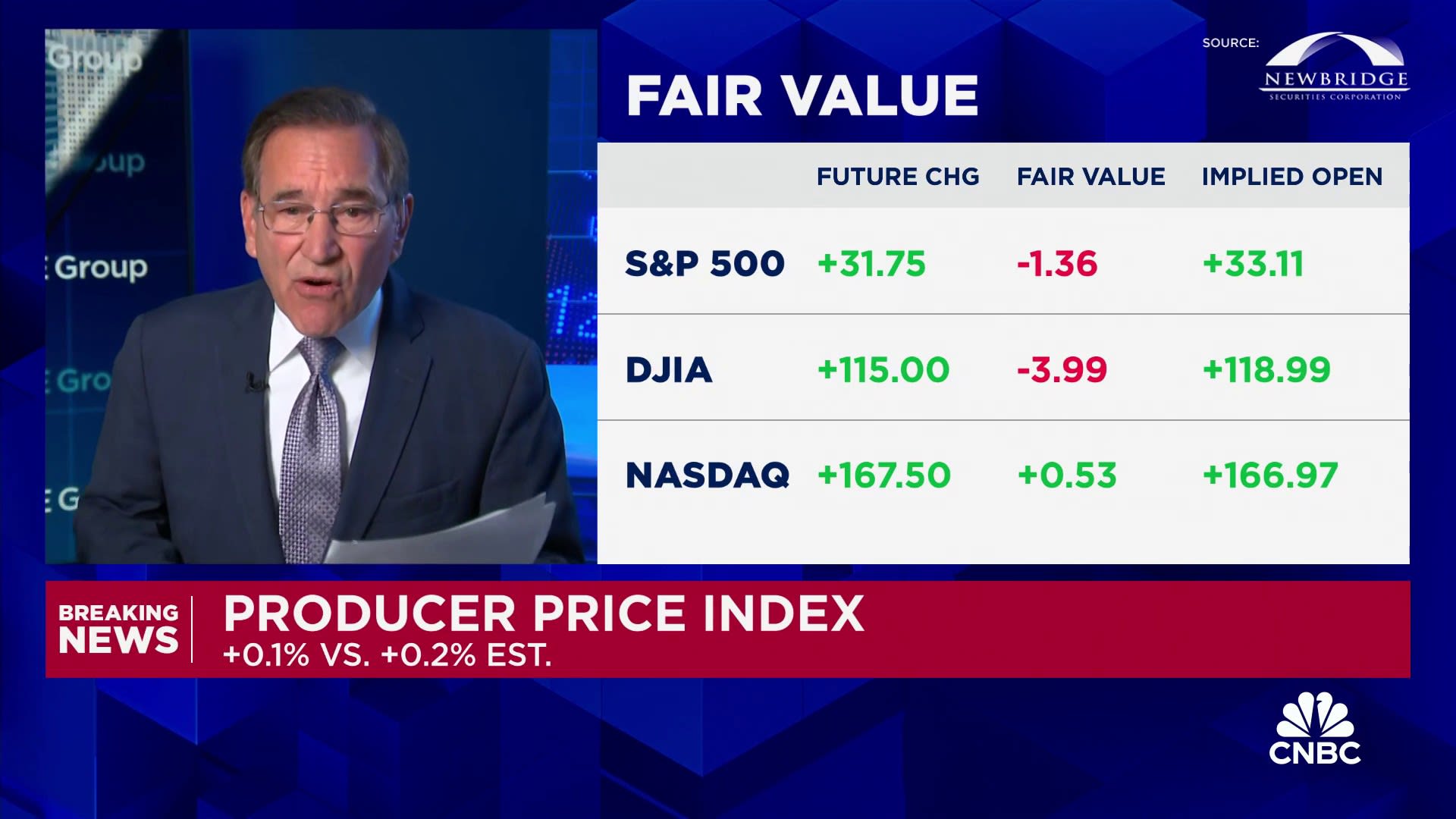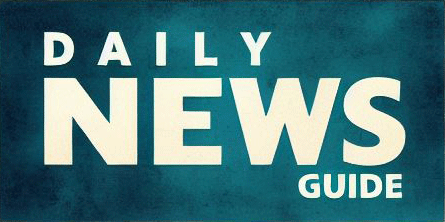
A key measure of wholesale inflation rose less than expected in July, opening the door further for the Federal Reserve to start lowering interest rates.
The producer price index, which measures selling prices that producers get for goods and services, increased 0.1% on the month, the Labor Department’s Bureau of Labor Statistics reported Tuesday. Excluding volatile food and energy components, the core PPI was flat.
Economists surveyed by Dow Jones had been looking for an increase of 0.2% on both the all-items and the core readings.
A further core measure that also excludes trade services showed a rise of 0.3%.
On a year-over-year basis, the headline PPI increased 2.2%, a sharp drop from the 2.7% reading in June.
Stock market futures rose following the news while Treasury yields moved lower.
The wholesale inflation reading was relatively tame despite a 0.6% jump in final demand goods prices, the biggest move higher since February and due primarily to a 1.9% surge in energy, including a 2.8% increase in gasoline.
Countering the move was a 0.2% slide in services, the biggest move lower since March 2023, according to the BLS. Trade services prices fell 1.3% while margins for machinery and vehicles wholesaling tumbled 4.1%. An increase of 2.3% in portfolio management offset some of the decline in services prices.
The PPI is considered a leading indicator for inflation as it gauges pipeline inflation from the perspective of manufacturers and suppliers of goods and services. Its counterpart, to be released Wednesday, is the consumer price index, which measures the actual prices consumers pay in the marketplace. Economists also expect 0.2% monthly increases for both headline and core CPI.
Both measures are watched closely for inflation signs. Though the Fed more closely focuses on the Commerce Department’s personal consumption expenditures price index, the CPI and PPI both feed into that calculation.
The latest inflation data comes with markets fully pricing in an interest rate cut at the September meeting of the Fed’s open market committee. The main question now is whether the central bank will cut by a quarter or a half percentage point. The futures market currently rates it a toss-up.
Fed officials have vowed to keep up the inflation fight until they have reached their 2% goal, and the latest data for the most part has been cooperating.
A survey the New York Fed released Monday showed that consumers’ view of inflation three years from now fell to 2.3%, the lowest in the 11-year history of the survey.
Moreover, the survey also showed consumers, particularly at the lower end of the income scale, are beginning to suffer more from inflation. For instance, the perceived likelihood of missing a minimum debt payment in the next three months jumped to 13.3%, the highest since April 2020, with the biggest part of the 1 percentage point monthly increase coming from households with annual income below $50,000.
Expectations for credit access also declined, and household spending expectations over the next year fell to their lowest level since April 2021.

